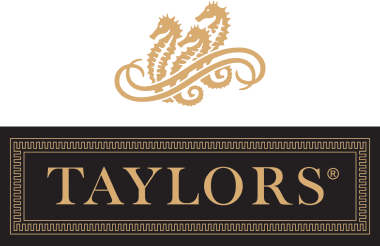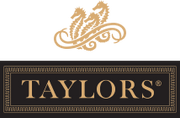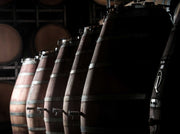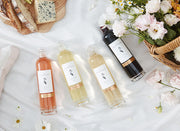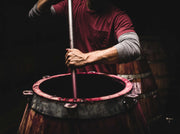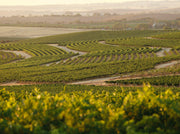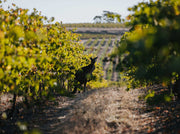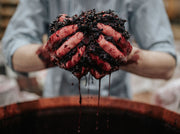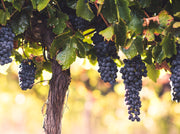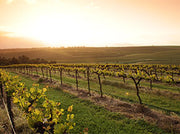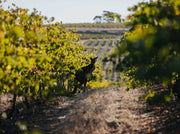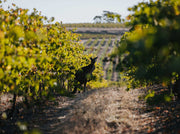Unlock Grenache: Why This Red Wine Should Be Your Next Pour
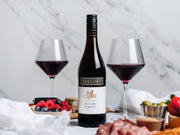
Grenache is the wine that over-delivers. Someone once said, “grenache delivers what pinot promises.” Controversial, we know, but a statement worth considering. Once the backbone of Australia's fortified wine industry, grenache is now celebrated as a standalone varietal. It has gone from bridesmaid to bride as winemakers place it front and centre, producing some stellar single vineyard examples garnering international attention. Grenache has become a symbol of innovation and tradition here in Australia, and if there was a variety to watch, this would be it.
A Brief History
Known as garnacha in Spain, grenache has a rich history dating back to the 14th century. It's believed to have originated in the region of Aragon, Spain, before quickly spreading across Europe, finding its way to France, Italy, and eventually Australia.
Globally, grenache is one of the most widely planted red grape varieties. It's very successful in the warm, dry conditions of southern France and Spain, thriving as an un-trellised bush vine. However, aside from its key role in Châteauneuf-du-Pape blends, it seldom gets star billing, often seen as a reliable workhorse. Even in warm climates, it maintains good acidity, making it a popular choice here in Australia, especially during the mid-1920s to the late 1960s when fortified wines dominated.
While some of our oldest grape plantings were, in fact, grenache, winemakers began to tear out their stock as fortified wines fell out of fashion and varieties such as cabernet sauvignon, merlot and shiraz increased in popularity. Thankfully, not all plantings were removed, and over the past few decades, grenache has gained recognition as a premium variety capable of producing outstanding table wines.
The Barossa Valley, McLaren Vale, and Clare Valley regions have become synonymous with grenache here in Australia. The shift from fortified to table wines allowed winemakers to experiment and showcase the grape’s unique qualities, leading to a revival of this once-overlooked grape.
What to expect from Australian Grenache
Aromas and flavours: Red berries, cherries, and raspberries, often accompanied by floral notes of rose and lavender, entertain the nose. On the palate, you’re served up flavours such as strawberry, plum, and red currant, with hints of spice and earthiness.
Body and tannins: Grenache wines typically have a medium to full body with soft, silky tannins. This makes them fairly approachable and easy to enjoy, whether young or with a bit of age.
Acidity and alcohol: With moderate acidity and relatively high alcohol content, grenache wines are well-balanced and deliver a satisfying, warming finish.
Clare Valley is home to some of Australia’s oldest grenache vines, many of which are over a century old. These old vines have adapted to the local conditions over the years, producing low yields of high-quality grapes with intense flavours and complexity.
The Clare has a Mediterranean-esque climate with warm days and cool nights. It’s these warm days that allow grenache grapes to ripen fully and develop those rich fruit flavours of raspberry, strawberry, and cherry, while the region’s cool nights preserve the acidity in the grapes, crucial for creating a well-balanced wine.
The region’s diverse soil profiles are interesting too, ranging from red clay to sandy loam and slate. How does that impact flavour you ask?
Red Clay Loam: This soil type is known for retaining moisture, which is crucial during the dry Australian summers. It contributes to the rich, full-bodied nature of Clare Valley grenache.
Sandy Loam: Found in various parts of the valley, sandy loam drains well, preventing excessive water retention. This stress on the vines encourages deeper root growth and results in grapes with concentrated flavours.
Slate: Slate soils, common in parts of Clare Valley, add a distinct minerality to the wines, that helps to separate them from other regions.
Two standout examples of Clare Valley grenache include the Taylors Estate Label Grenache and the Taylors Jaraman Grenache. The Estate Label Grenache is a medium-bodied light red wine with bright, fresh flavours of raspberry and blueberry, superbly balanced with subtle savoury oak characters. Meanwhile, the Jaraman Grenache is a lighter style red wine, offering juicy red fruit flavours of raspberry and cherry, along with enticing hints of spice.
Food Pairing with Grenache
Grenache is a food wine. Its bright fruit flavours and balanced acidity make it a killer match for a wide range of dishes. Its juicy, fruit-driven profile complements the smoky, charred flavours of grilled lamb, beef, or pork. Spanish paella, for obvious reasons, is a match made in heaven. The wine's fruitiness and low tannins make it a good match for cheese platters, too.
Grenache, styles in abundance
You’ll see grenache take on many forms, with a few of the most common examples being single varietal wines, grenache blends (typically paired with shiraz and mourvèdre to make a GSM), rosé grenache and old-vine grenache, made from vines that are over a century old (the depth and complexity of these wines is quite special). A notable example of a grenache blend is The Hotelier GSM, a soft and fleshy shiraz boasting a lively palate of juicy red berry fruits, plum, and spice, along with subtle chocolate and savoury characters from the oak maturation.The more you drink it, the more of an idea you’ll get for how versatile and exciting this variety is.
